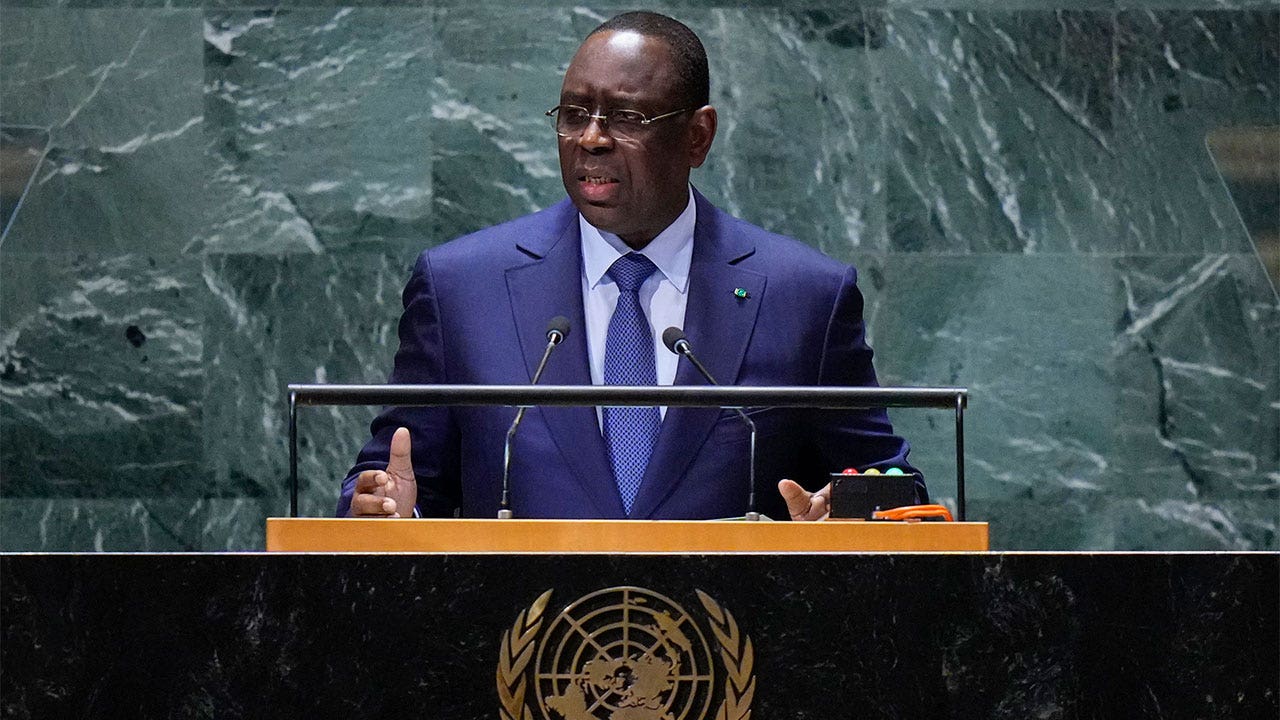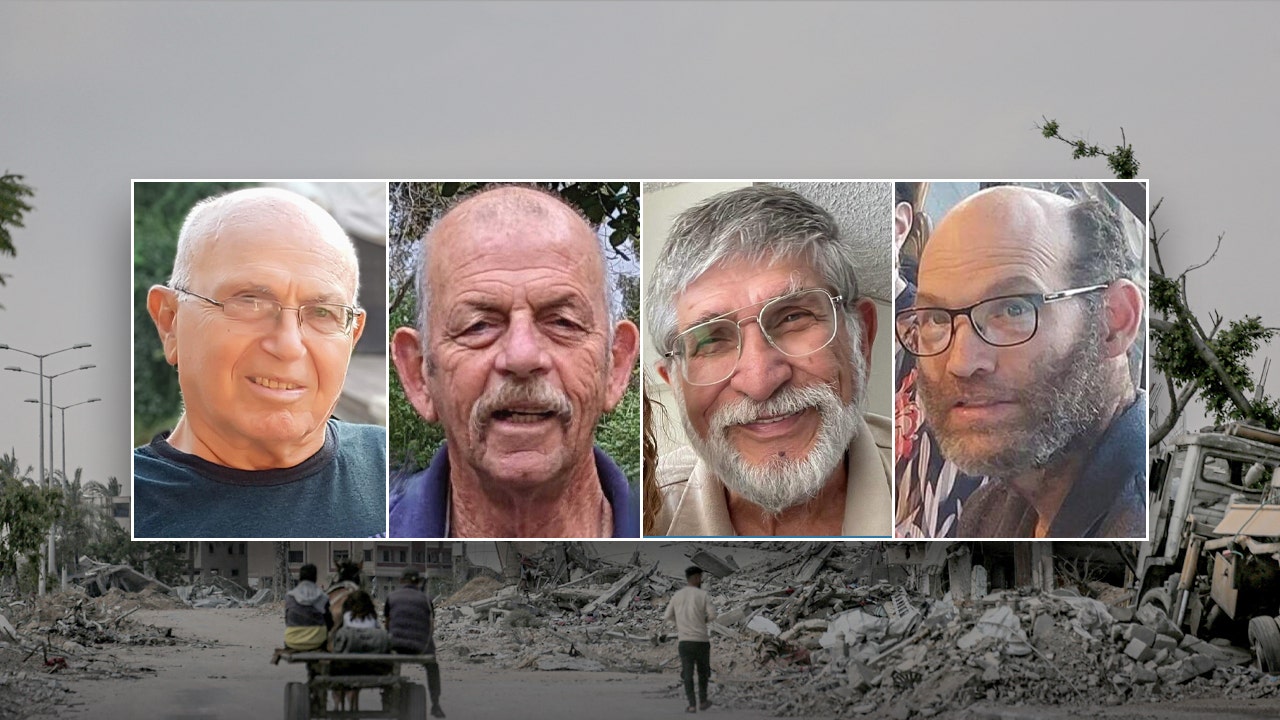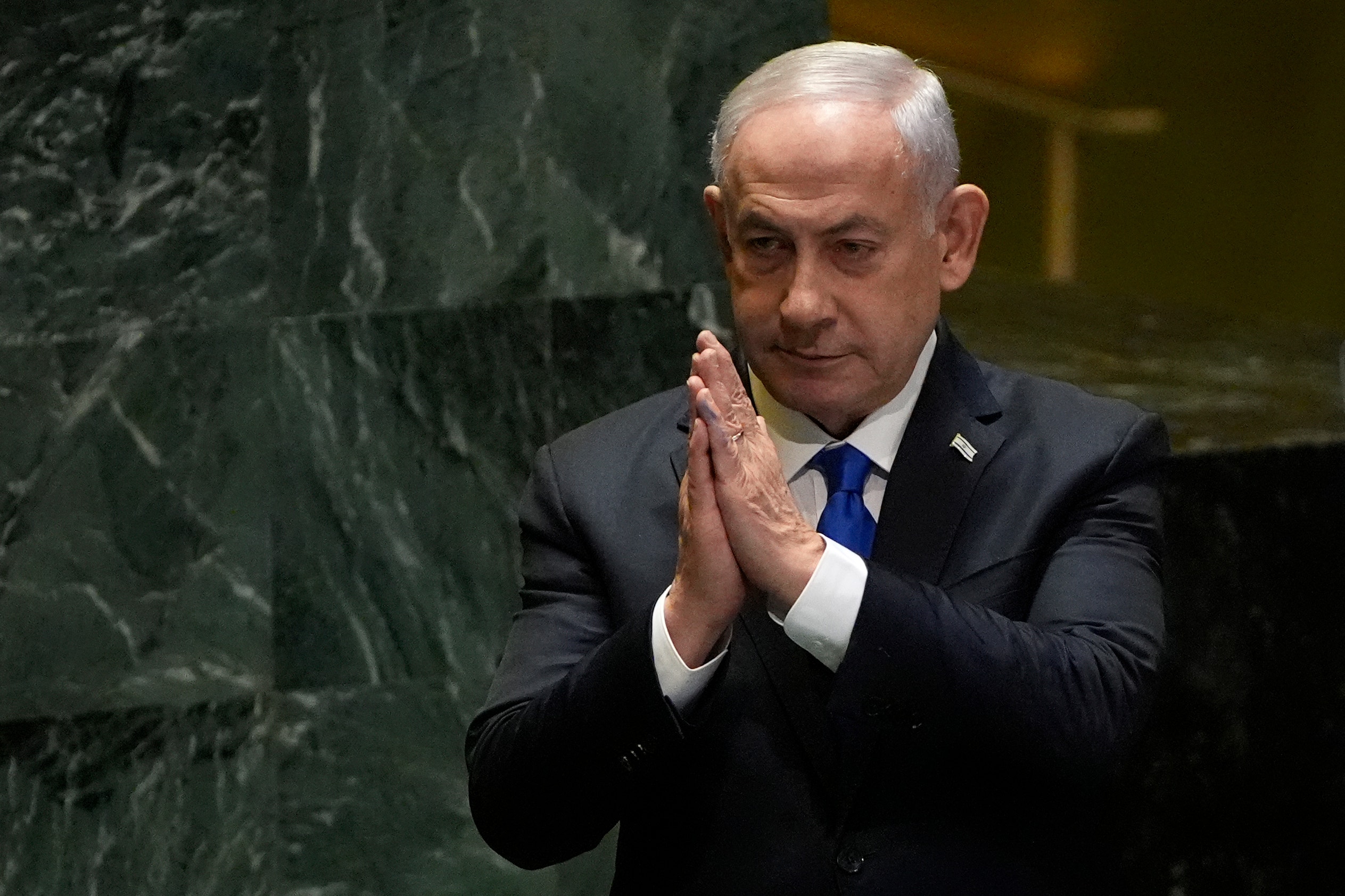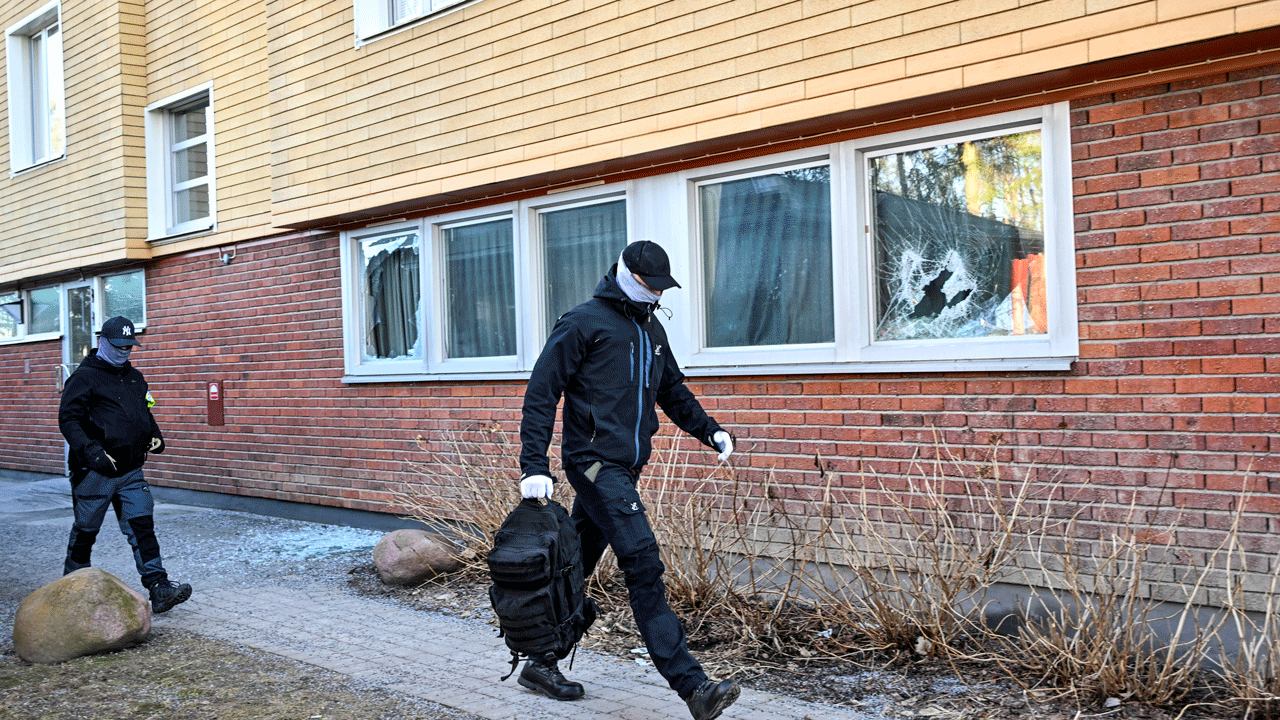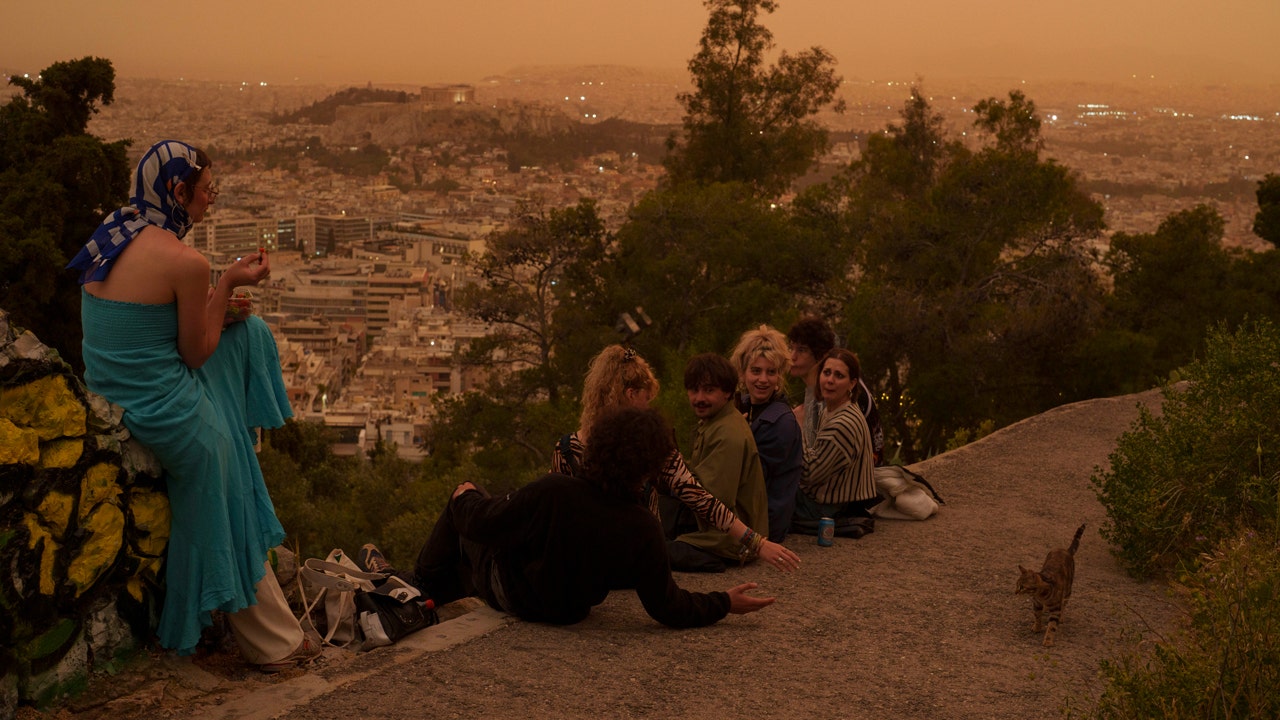The scale of the humanitarian crisis in Gaza — and the difficulties faced by aid workers responding to it — goes “beyond what has been seen before” in other conflicts, the United Nations said on Wednesday.
The cost of addressing it may be similarly staggering.
The U.N. said its agencies and other aid groups would need more than $2.8 billion from their donors to continue their response to the humanitarian crisis in Gaza for the rest of the year.
“Widespread destruction. Multiple mass displacements. Looming famine. Collapsed health system,” the U.N. Office for the Coordination of Humanitarian Affairs said in a statement. “Every day is a struggle for survival for people in Gaza, as the war rages on and needs deepen.”
The amount requested, $2.8 billion, is only a portion of what the U.N. has estimated the full price tag of responding to the crisis to be: $4.089 billion. A majority of the money requested ($2.5 billion) would pay for relief work in Gaza, while a smaller amount ($297.6 million) would go to the West Bank, where violence has flared for months.
The U.N. scaled down its funding request to $2.8 billion needed to pay only for operations that appeared to be achievable in the next nine months, during which it assumed “many of the current security concerns and access limitations will continue.”
The war in Gaza began after the Oct. 7 Hamas-led attack on Israel, which Israeli officials said killed roughly 1,200 people. Since then, the distribution of aid in Gaza has been hobbled by a cascade of restrictions and dangers.
More than 200 aid workers have been killed during the conflict, a vast majority of them Palestinians from Gaza, according to U.N. Secretary General António Guterres. Earlier this month, seven aid workers from World Central Kitchen, including six foreigners, were killed in a series of airstrikes on their convoy.
Their deaths started an international outcry and led to an internal investigation by the Israeli military, which reprimanded the personnel responsible for the strikes and said their killings were a mistake.
In the early months of the war, Israel imposed a near-total blockade on goods going into the Gaza Strip, including humanitarian assistance. It eventually relented, but insisted that entering shipments be meticulously inspected, and it barred a wide range of items, like scissors, that it said could have a potential military use.
Aid groups have said that whole trucks of aid have been turned away by Israeli inspectors because a single item on board was determined to have a possible military use. Groups are sometimes not told what the item was or why it was rejected, they say.
Israel has also accused Hamas of diverting aid. But American officials, including Samantha Power, the director of the U.S. Agency for International Development, and David Satterfield, the U.S. special envoy for humanitarian issues in the Middle East, have said there is no evidence for that claim.
The U.N. demanded that Israel improve the conditions under which aid is delivered, including by guaranteeing aid workers safe access to people in need, increasing the number of entry points and secure roads for humanitarian supplies, and improving the ability of aid workers to safely move around in Gaza.
In recent weeks, Israel has been eager to show that more aid is flowing into Gaza, and it has also been keen to blame the U.N. for delays in its distribution.
This week, Israel said that 553 aid trucks passed through the Kerem Shalom and the Nitzana border crossings and that 126 trucks were permitted to travel from southern Gaza to northern Gaza.

